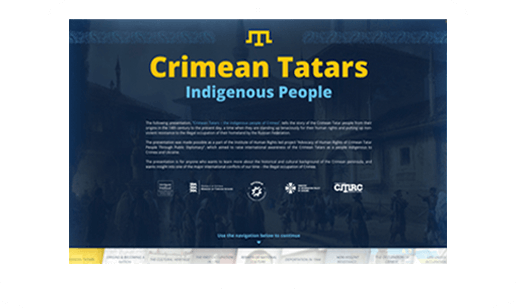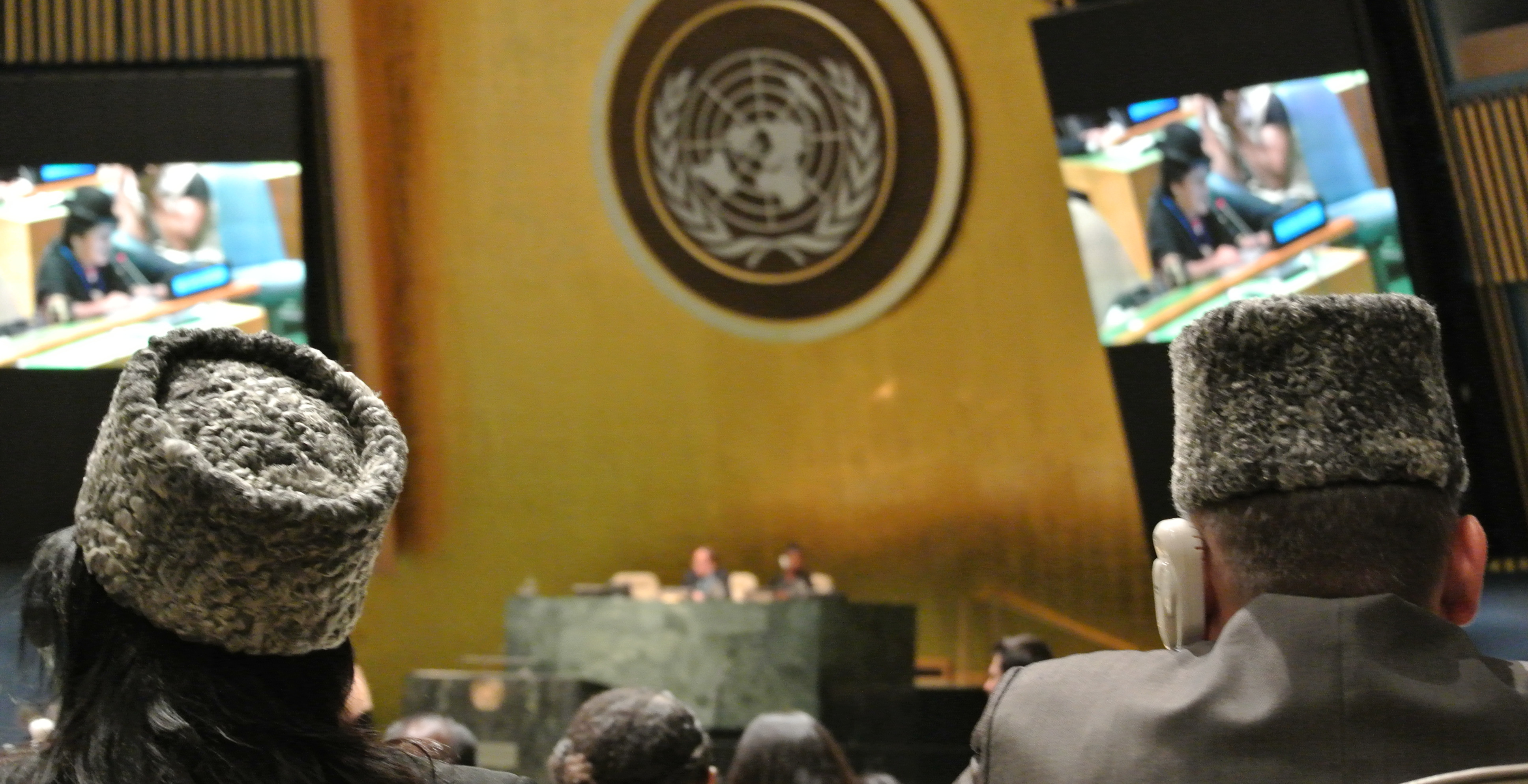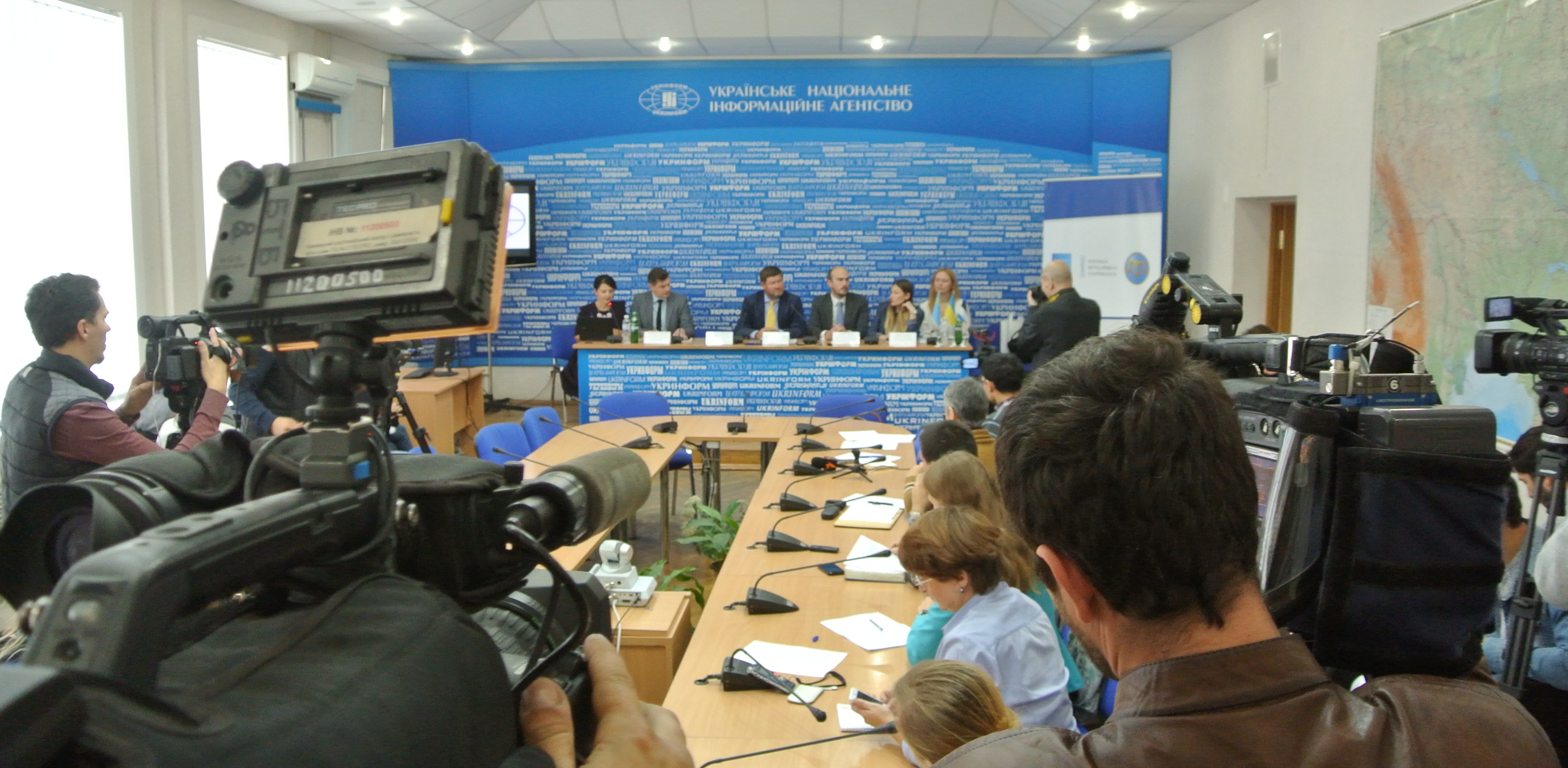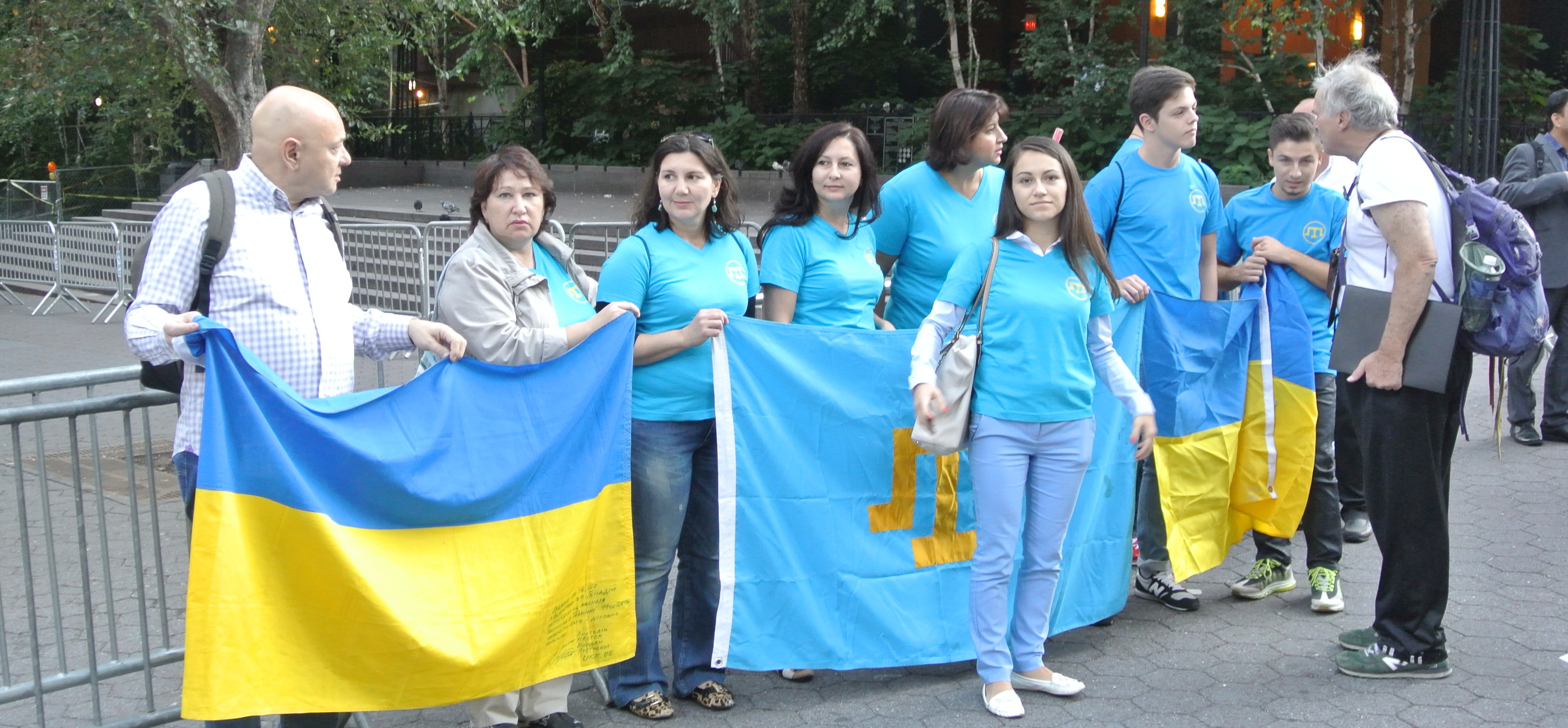ABOUT THE PROJECT
‘Advocacy of Human Rights of Crimean Tatar People Through Public Diplomacy’ aims to raise awareness about Crimean Tatars, the indigenous peoples of the Crimean peninsula among western audiences. One of the objectives is to find support to Crimean Tatar indigenous rights in the European Union and other international organisations. The main partner of the project is the Estonian Institute of Human Rights, from Ukraine it is partnered by the Bureau of Mustafa Dzhemilev, the Ukrainian president’s deputy in Crimean Tatar questions.
During the project several public diplomacy activities are implemented, including composing a strategy of public diplomacy, traveling exhibition and video materials to introduce Crimean Tatars as the indigenous peoples of Crimean peninsula and several informational seminars in different international organisations (e.g. in EU institutions and member countries). By the end of the project Crimean Tatar representatives will have more capabilities to perform public diplomacy more efficiently and effectively than before. The project takes place 2015-2017.
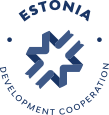
THE PROJECT IS FUNDED BY THE DEVELOPMENT COOPERATION AND HUMANITARIAN AID OF THE ESTONIAN MINISTRY OF FOREIGN AFFAIRS.

